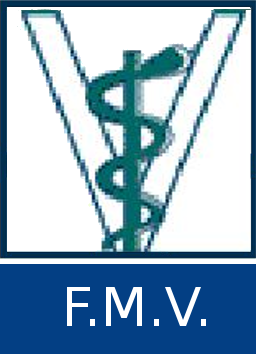Domestic and wild animal SARS-CoV-2 infection and their role as potential reservoir species
Duran Illan, Laura 
Promoteur(s) :
Desmecht, Daniel 
Date de soutenance : 26-aoû-2022 • URL permanente : http://hdl.handle.net/2268.2/16115
Détails
| Titre : | Domestic and wild animal SARS-CoV-2 infection and their role as potential reservoir species |
| Titre traduit : | [en] Domestic and wild animal SARS-CoV-2 infection and their role as potential reservoir species |
| Auteur : | Duran Illan, Laura 
|
| Date de soutenance : | 26-aoû-2022 |
| Promoteur(s) : | Desmecht, Daniel 
|
| Membre(s) du jury : | Antoine, Nadine 
Cassart, Dominique 
Delguste, Catherine 
Garigliany, Mutien-Marie 
Toppets, Vinciane 
|
| Langue : | Anglais |
| Nombre de pages : | 40 |
| Discipline(s) : | Sciences du vivant > Médecine vétérinaire & santé animale |
| Institution(s) : | Université de Liège, Liège, Belgique |
| Diplôme : | Master en médecine vétérinaire |
| Faculté : | Mémoires de la Faculté de Médecine Vétérinaire |
Résumé
[en] It is known that humans can infect other animals with SARS-CoV-2 as many reverse zoonotic spillover events have been documented in the past two years. These events include the Danish and Dutch mink farm outbreaks, the Canadian and American white-tailed deer SARS-CoV-2 infections and the Hong-Kong human-to-hamster reverse SARS-CoV-2 zoonosis.
Those events could lead to the emergence of new reservoir species capable of generating not only a viral reservoir for future animal-to-human transmissions but also a source of new variants with altered pathogenicity and mortality in humans.
To prevent the continued spreading of novel coronaviruses, it is necessary to implement a One Health approach, in which multiple sectors communicate and collaborate to see the end of the ongoing global pandemic. To curb the disease, systematic animal SARS-CoV-2 testing and surveillance programs need to be implemented globally along with susceptible species vaccination.
Fichier(s)
Document(s)

 DURAN ILLAN_laura_TFE_FMV_aout2022_provisoire.pdf
DURAN ILLAN_laura_TFE_FMV_aout2022_provisoire.pdf
Description:
Taille: 76.83 kB
Format: Adobe PDF

 DURAN ILLAN_laura_TFE_FMV_aout2022_definitif.pdf
DURAN ILLAN_laura_TFE_FMV_aout2022_definitif.pdf
Description:
Taille: 1.3 MB
Format: Adobe PDF
Citer ce mémoire
L'Université de Liège ne garantit pas la qualité scientifique de ces travaux d'étudiants ni l'exactitude de l'ensemble des informations qu'ils contiennent.


 Master Thesis Online
Master Thesis Online




